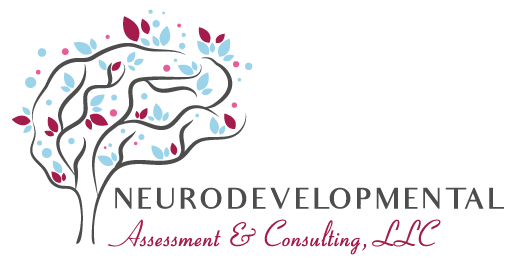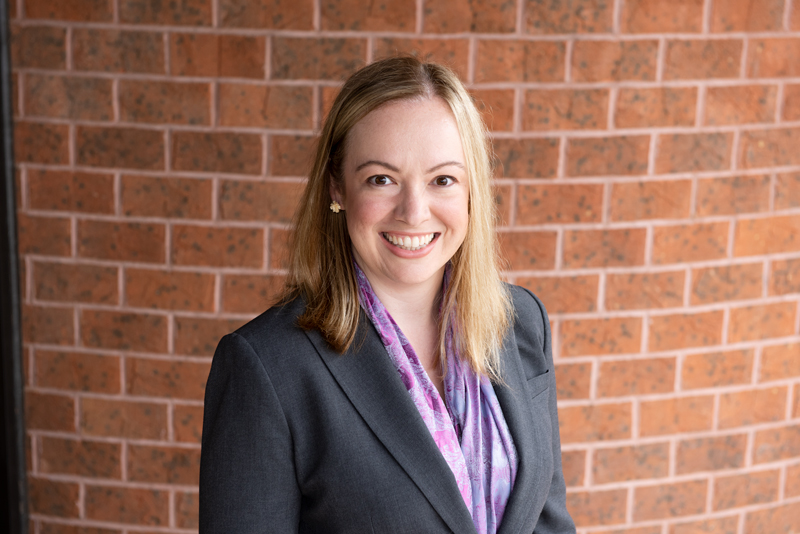Recently, I’ve been hearing the term “educational autism” floating around. It has been used by parents, school professionals, and other clinicians. Most often, there is confusion surrounding the term and no one knows what it means. The reason there is such confusion is that “educational autism” is not really a “thing;” my best understanding of the term is that it is a way to describe someone who meets the educational classification for autism (as defined by IDEA). The person may or may not have an actual diagnosis of an autism spectrum disorder, though they very likely do, given the similarities between the criteria. However, I think it is important to clarify the differences between educational classifications and diagnoses.
The Individuals with Disabilities Education Act (IDEA) is a federal law that governs special education services. It includes 13 disability categories, also referred to as educational classifications. In order to be eligible for special education and related services, a child must meet the criteria for at least one of these special education categories and show an educational need. IDEA defines autism as: “ a developmental disability significantly affecting verbal and nonverbal communication and social interaction, generally evident before age three, that adversely affects a child’s educational performance. Other characteristics often associated with autism are engagement in repetitive activities and stereotyped movements, resistance to environmental change or change in daily routines, and unusual responses to sensory experiences” (IDEA Section 300.8). In contrast, medical professionals (such as, psychologists, pediatricians, developmental-behavioral pediatricians, psychiatrists) make a diagnosis using the criteria listed in the Diagnostic and Statistical Manual of Mental Disorders, 5th Edition (DSM-5; American Psychiatric Association, 2013) or the International Classification of Diseases, 10th Revision, Clinical Modification (ICD-10-CM; World Health Organization). The DSM-5, in particular, has several defined criteria that must be met in order to have a diagnosis of an autism spectrum disorder. Thus, while most individuals with an autism spectrum disorder will meet criteria under all three possible classifications, it is possible that a child may meet diagnostic classification but not meet the educational classification, and vice versa. Using the term “educational autism” appears to refer to the rare child who meets the educational classification of autism but does not meet the diagnostic criteria for an autism spectrum disorder (or has not been evaluated by a person qualified to make a diagnosis).
So, why make this distinction between “educational autism” and a diagnosis of an autism spectrum disorder if most children with autism spectrum disorders will meet both? Often, who makes the diagnosis or educational classification has funding and treatment implications. For example, a medical professional may make a diagnosis of an autism spectrum disorder for one of his or her patients. That diagnosis may make the patient eligible to apply for certain types of treatment programs funded by health insurance, medical assistance, and/or social security disability benefits. But it is not automatically accepted in the educational setting; rather, most schools will require that the educational classification be made by a school-certified professional, such as a certified school psychologist. So the school will do their own evaluation to determine whether the child meets the requirements for an educational classification of autism, which would make them eligible for special education and related services. However, the school evaluation would not be automatically accepted by treatments and interventions funded by health insurance, social security/disability, or medical assistance, especially if the evaluator is not a professional who is qualified to make a diagnosis, such as a licensed psychologist or physician.
Doesn’t this process just make things more complicated and confusing to parents and families? Why can’t a single evaluation cover eligibility for both medical and educational services, especially since we are talking about a single child? Part of the difference is that these different funding and treatment streams, medical and educational, have different definitions of autism (as described above) and different requirements for evaluators. Medical funders and treatments often require a diagnosis that is made by a licensed psychologist or a physician. In contrast, the minimum requirement for school certified psychologists (in Pennsylvania at least, though this may vary from state to state) is a master’s degree. Therefore, some school districts will make policies that they do not make “medical diagnoses” of autism because not all of their staff have the required credentials to be recognized in the medical setting. In the end, families often end up having to have multiple evaluations in order to determine their child’s eligibility for both medical and educational treatments and interventions unless they can find an evaluator who is both licensed and qualified to make a “medical diagnosis,” as well as certified to make an “educational classification.”
Many times, this complicated process is not explained to parents. Or parents may be so overwhelmed or exhausted by taking care of their child with special needs that they do not have the time or the energy to find this information. They may not know where to go to start looking. Ultimately, the burden is placed on parents to discover why and how to get their child with an autism spectrum disorder the proper types of evaluations in order to access the services that he or she needs. A good evaluator who is knowledgeable about both the educational and medical systems and requirements can be an important guide for parents navigating the various systems involved in the care of children with autism.




